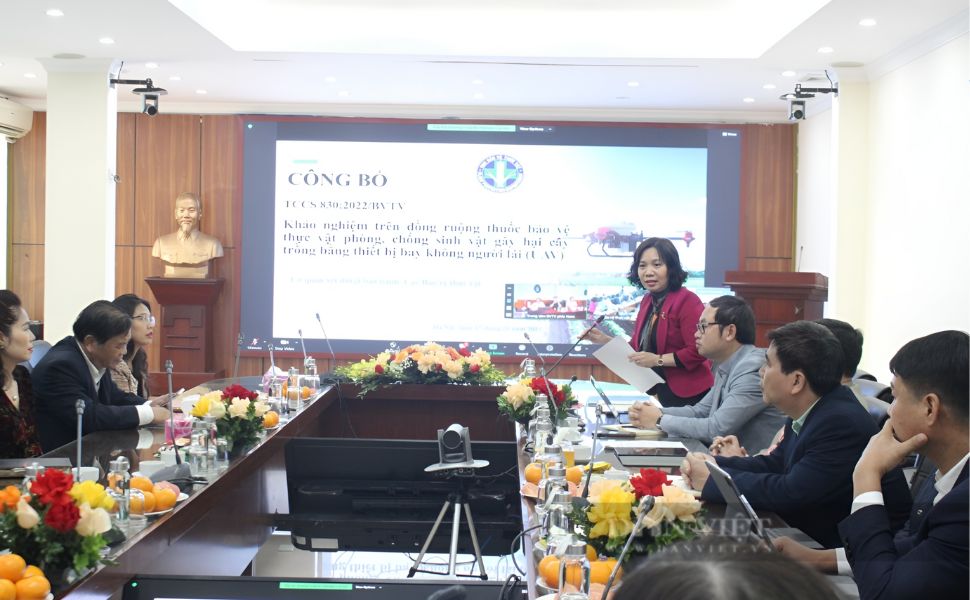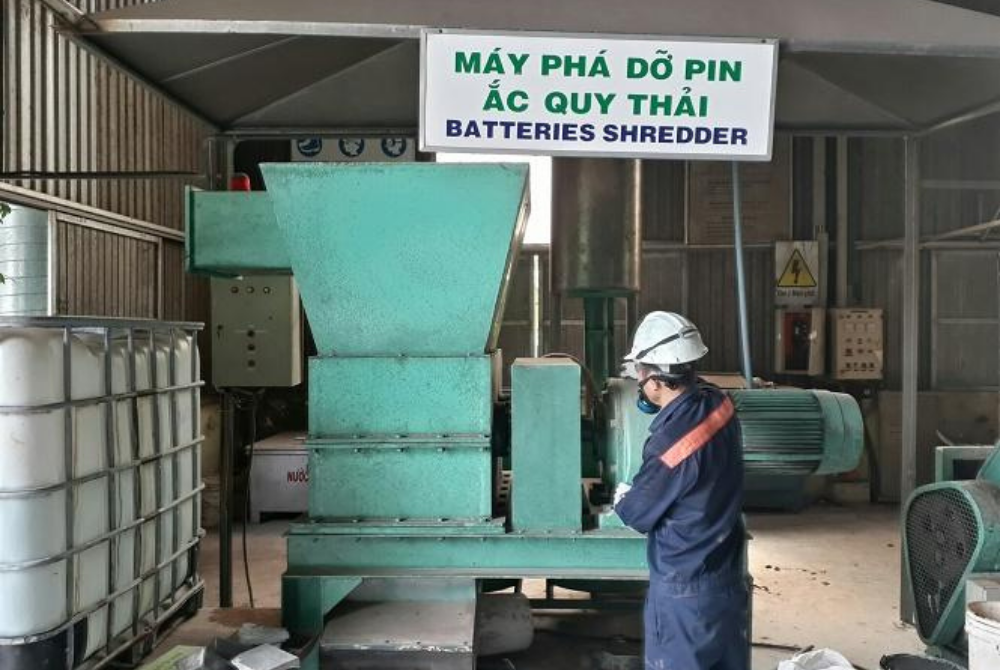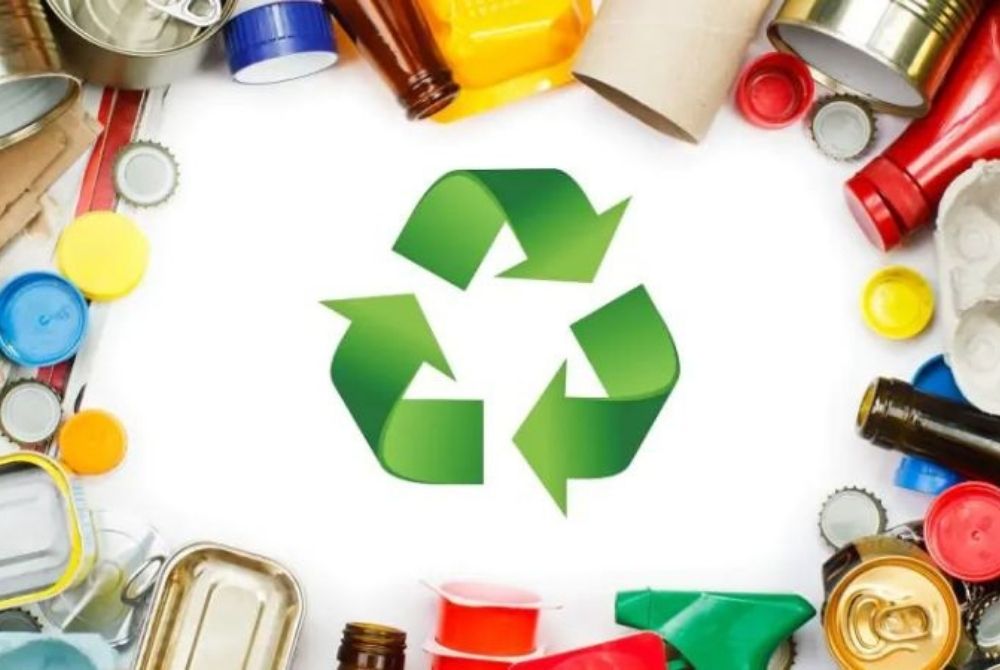Announcing standards for field assaying of pesticides using UAV
The Plant Protection Department (Ministry of Agriculture and Rural Development) has issued "Standards for field assaying pesticides to prevent and control harmful organisms on crops using Unmanned Aerial Vehicles (UAVs)".
The Plant Protection Department official explained the process of setting fundamental standards and highlighted many vital areas in the rules for testing pesticides sprayed by UAVs, such as the size of the application and safety criteria. Fully utilise UAVs; plan, develop, and conduct field studies for biological effectiveness testing, quarantine duration, and so on.
This fundamental standard was the first document to guide the registration and deployment of Unmanned aerial vehicles (UAV or drone) in agriculture and plant protection, which also serves as the official legal basis for the registration of pesticide products used on drones/UAVs as well as a foundation for the expansion and widespread application of new spraying technologies in Vietnam to improve.

Announcement of "Standards for field assaying of pesticides to prevent and control harmful organisms on plants using UAV".
The adoption of a standard basis is also based on the results of running test models through a rigorous research and evaluation process, as well as interactions with other essential parties. During 2021-2022, the Plant Protection Department worked with testing organisations, domestic aviation equipment suppliers, CropLife Vietnam member firms, and a variety of other enterprises. The VIPA Association has tested a variety of spraying models utilising drones.
This experiment was carried out on 07 major crop groups using eight different pesticides to prevent 15 distinct types of dangerous organisms in several agricultural-producing regions around the country. The findings demonstrate that there is significant potential for using drone technology to spray pesticides with comparable or identical levels of protection to prevent some pests, particularly on crops such as rice, corn, and fruit trees.
Higher than ordinary spraying. Furthermore, Drone/UAV technology helps drastically reduce the quantity of medicinal water and human resources utilised. Farmers who participated in the experiments reported being exposed to fewer pesticides than when spraying conventionally.
Based on the testing findings, the Plant Protection Department created a draft standard for evaluating pesticides using UAVs. Several meetings and seminars were conducted in 2022 to solicit comments from organisations, individuals, groups, and foreign specialists. Recognising feedback from units and experts, the standard base was amended based on current situations in Vietnam and finalised in October 2022 for approval and publishing in early 2023.
Drone use in agriculture is a growing trend in several nations across the world. According to a Goldman Sachs report, agriculture will have the second-highest degree of drone deployment globally during the next five years. In China, the number of drones employed in agriculture is expected to reach over 13,000 between 2016 and 2017. By 2021, this figure will have risen to more than 160,000 (a tenfold increase), with an anticipated total application area of over 87 million hectares.
Other Asian countries, such as Japan, South Korea, and India, are also swiftly driving this transformation, with the use of drones opening up many new chances to solve environmental constraints. Food security measures are increasing as a result of labour shortages, population ageing, and increased urbanisation.
In the field of plant protection, the use of drones to spray pesticides is becoming increasingly popular due to its outstanding advantages in efficiency, accuracy, labour cost savings, reducing the amount of water used for pesticides, high capacity, and health protection for farmers exposed to pesticides.
Source: congnghiepmoitruong.vn












